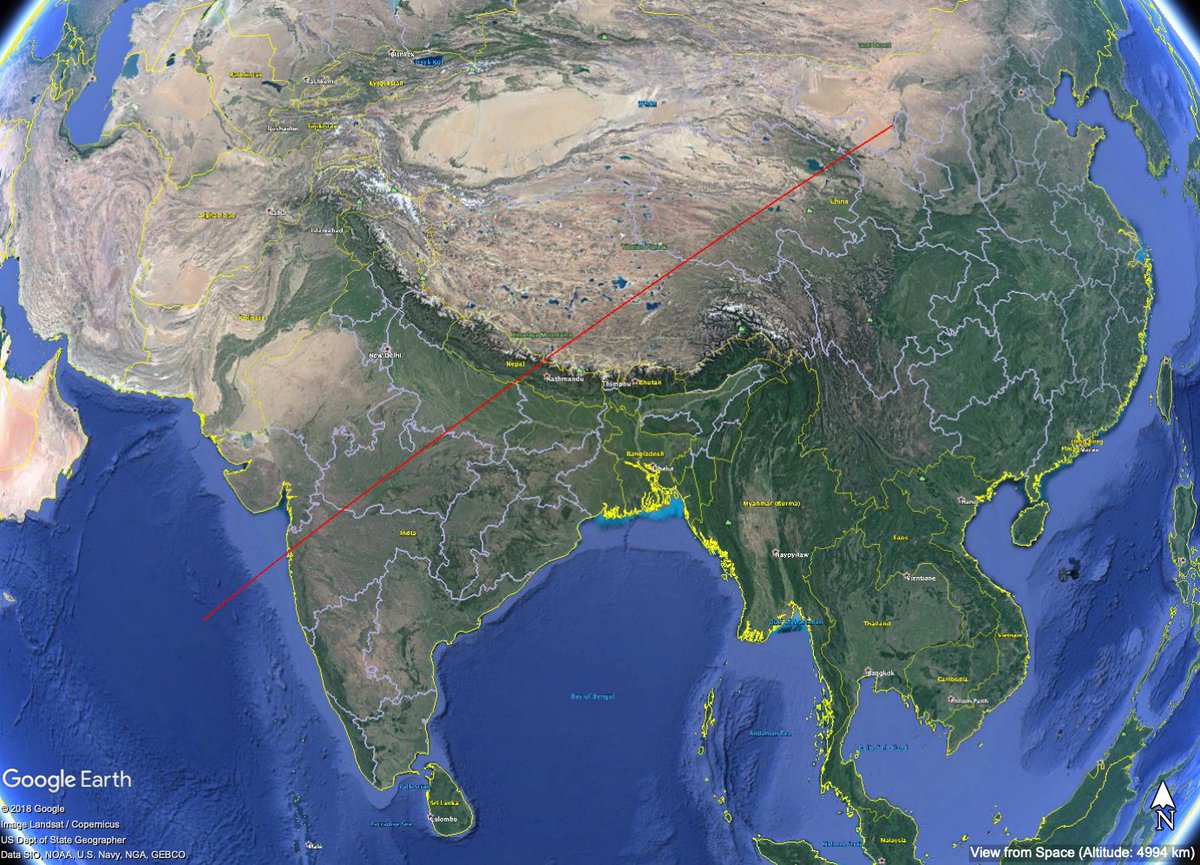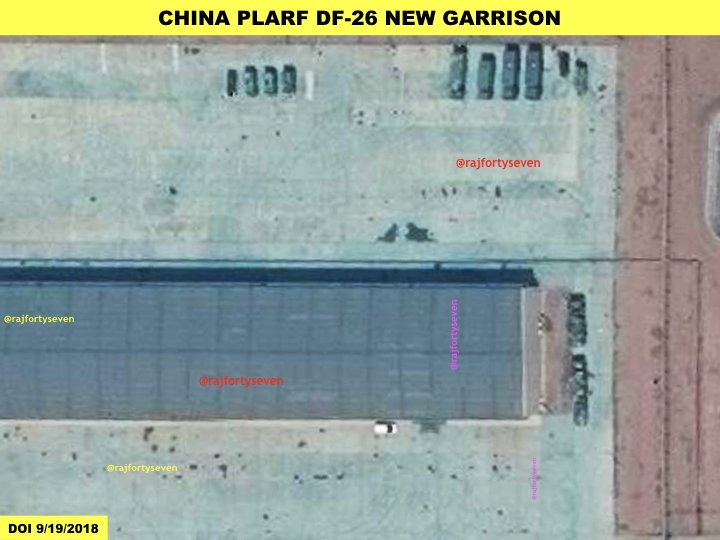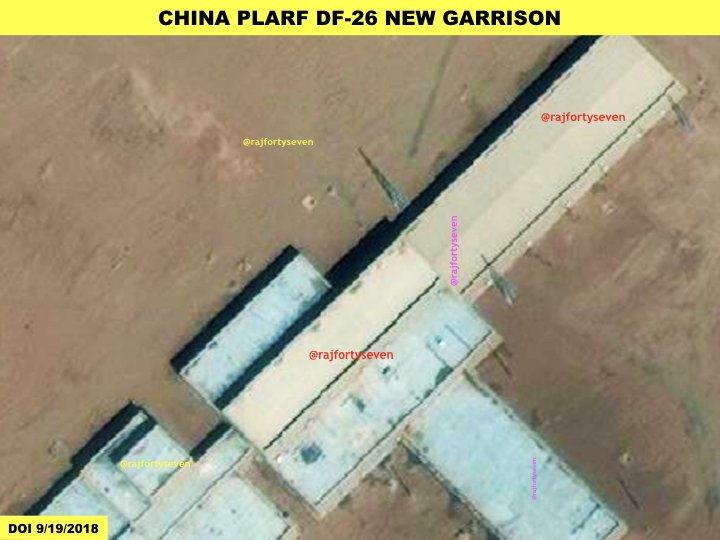In response to FON at Taiwan straits
China has revealed footage of its next-generation Dongfeng-26 ballistic missile showing improved stability and accuracy, a move analysts say aims to send a message to the United States about its military strength.
Footage of the missile was released for the first time in a report on state broadcaster CCTV, amid intensifying military rivalry between China and the US.
Four fin-like flight control surfaces are seen around the missile nose in the report on an exercise in northwest China. The People’s Liberation Army Rocket Force launched at least one DF-26 missile during the drill.
Military analysts said the fin-like flight control surfaces provided better stability for the missile as it neared a moving target, such as a US aircraft carrier.
The intermediate-range ballistic missile is also known as the “Guam killer” for its range – 3,000km to 5,741km (1,864 to 3,567 miles) – that puts the US island in the western Pacific within striking distance.
It could be used in nuclear, conventional and anti-ship strikes, meaning China could use it to attack US aircraft carriers and naval bases in the Asia-Pacific region.
China’s defence ministry in April confirmed the DF-26 had been put into service with the Rocket Force.
Adam Ni, a China researcher at Macquarie University in Sydney, said the latest exercise sent “a clear message to the US about China’s growing missile capability, and that it can hold at risk US strategic assets, such as carriers and bases”.
“It’s an attempt to reinforce the notion that the PLA has the capability to sink US carriers and inflict unacceptable damage on American forces,” Ni said.
“Within the context of increasing strategic competition and tension between the two countries, the latest drills are just another signal to the US about the prevails of escalation, including by intervening militarily in support of Taiwan against China … We are likely to see more [of these drills] if bilateral relations worsen.”
Footage of the exercise was released just one week after US Admiral John Richardson in Tokyo said the
, despite China’s military technology advances posing a greater threat to its warships than ever before.
Military tension between the two countries is escalating, with the
on Thursday, and Taiwan saying multiple PLA military jets had also flown near the southern tip of the self-ruled island to the western Pacific for a drill that day.
James Floyd Downes, a lecturer in comparative politics at the Chinese University of Hong Kong, said releasing footage of the missile drill was a calculated political act.
“Beijing is demonstrating its military capacity and overall strength in power,” Downes said. “This is arguably a strategic power play and a sign to Washington and the Trump administration of its underlying military power … a key strategy taken directly from the realist playbook in international relations.”
Zhang Baohui, a director of the Centre for Asian Pacific Studies at Lingnan University in Hong Kong, said the drill was about deterrence amid rising tensions in the region.
“China has repeatedly stated that the missile can hit moving targets like ships,” Zhang said. “While the overall probability of war between the US and China remains very low, Beijing is nonetheless concerned by recent changes in the dynamics of Sino-US relations. The public debut of the DF-26 could mean enhancing its general deterrence.”









